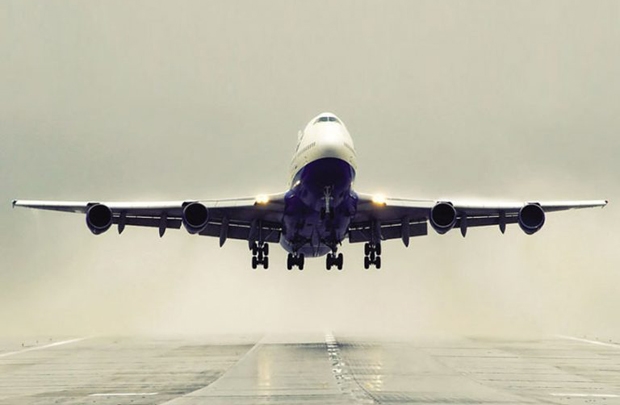
The images of crowded airports, the rapid-fire news about the launch of new air routes and the airlines’ plans to purchase new aircraft all show that air carriers had a prosperous 2016.
According to CAAV, 52.2 million passengers traveled by air in 2016, an increase of 29 percent over 2015. These included 28 million domestic passengers, an increase of 30 percent over 2015.
The domestic market is shared by four air carriers, of which Vietnam Airlines and Vietjet alone hold 87 percent.
Flying with low-cost carriers (LCC) is a growing tendency with 15 million passengers, or 55 percent of passengers on domestic flights, using LCC services in 2016.
|
The Vietnamese aviation sector has become more attractive as well as more challenging as many investors are expressing interest in the market. |
Vietnam also witnessed a boom in the opening of international air routes in 2016. To date, 52 foreign airlines from 28 countries and territories are exploiting 78 air routes to and from Vietnam.
An IATA report released in 2015 showed that Vietnam was the seventh-fastest growing market in the globe in 2014-2017. This was explained by many different factors, including tourism development, the opening of boundaries, stable economic development and the presence of LCC.
By the end of November 2016, Vietnam’s air carriers had used 150 airplanes to carry passengers, an increase of 10 percent over 2015. Under the draft strategy on the air fleet development in 2016-2020, the number of aircraft to be used by domestic airlines would be 230.
However, some analysts pointed out that with the high stable growth rate of over 20 percent in the last three consecutive years, Vietnam’s airlines would not be able to satisfy demand if they only have 80 more aircraft in the next four years.
Vietnam’s air carriers provided 228,000 flights by the end of November 2016, an increase of 37,000 flights, or 19 percent compared with the same period of the year before.
However, observers pointed out that the growth mostly came from domestic flights. Not having to compete with foreign rivals, Vietnamese air carriers have been exploiting the domestic market by buying new aircraft, opening new air routes and launching a series of sale promotion programs.
In 2016 alone, two LCCs – Jetstar Pacific and Vietjet – opened new air routes, raising the total number of domestic routes to 50, connecting airports in the three largest cities with 17 local airports.
Meanwhile, Vietnam’s airlines have to compete fiercely with foreign rivals in international routes.
Emirates in 2016 began serving passengers on the Dubai-Hanoi route after it gained great success with flights to HCMC. Air New Zealand began providing direct flights to Vietnam last June.
RELATED NEWS
With Vietjet on deck, 2017 airline stocks could soar
How high are airfares in Vietnam?
Kim Chi